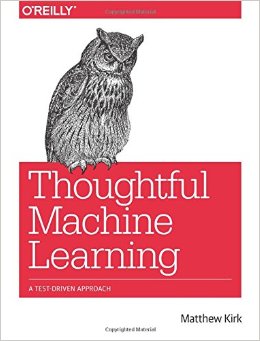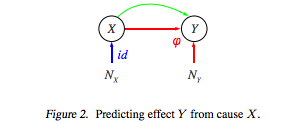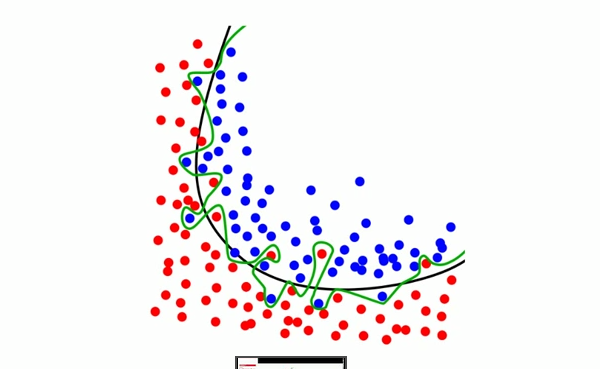Use Random Forest: Testing 179 Classifiers on 121 Datasets
Last Updated on July 31, 2020 If you don’t know what algorithm to use on your problem, try a few. Alternatively, you could just try Random Forest and maybe a Gaussian SVM. In a recent study these two algorithms were demonstrated to be the most effective when raced against nearly 200 other algorithms averaged over more than 100 data sets. In this post we will review this study and consider some implications for testing algorithms on our own applied machine […]
Read more








